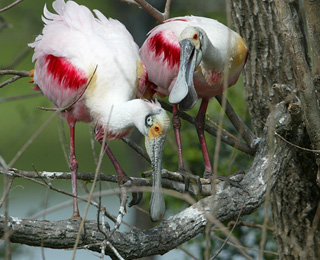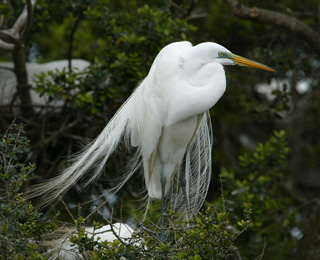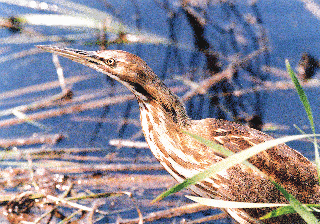Texas Birds
Three sections: Old pictures; 2017 High Island trip; 2019 High Island trip
 Roseate Spoonbill (High Island)
Roseate Spoonbill (High Island)
The award for "best antics" goes to the Roseate spoonbill, especially during breeding season. Left to right: The comedian, discussing real estate, acting like astronomers (High Island)
Great egrets (High Island)
Snowy egret (High Island)
Tricolored herons (High Island)
 Prothonotary warbler (High Island)
Prothonotary warbler (High Island)

 Green violet-ear (tropical species - occasional visitor to the Hill Country of Texas) Thank you, Mr. Adams!
Green violet-ear (tropical species - occasional visitor to the Hill Country of Texas) Thank you, Mr. Adams!
 Rufous hummingbird giving me the evil eye
Rufous hummingbird giving me the evil eye
 Eastern kingbird (High Island)
Eastern kingbird (High Island)
 Common nighthawk (Anahuac National Wildlife Refuge)
Common nighthawk (Anahuac National Wildlife Refuge)
 Clapper rail (near High Island)
Clapper rail (near High Island)
American Bittern (Anahuac National Wildlife Refuge)
 One more Great egret (High Island)
One more Great egret (High Island)
John and Mary Kormendy: Birding Trip to High Island (April 2017)
We were there too early (April 8 - 10), so High Island was very quiet. As a result, we spent most of our time at Anahuac National Wildlife Refuge, mostly looking for rails (we saw 3 King rails there) and along the Bolivar Peninsula and Flats.
The pictures are copyrighted and should not be used without permission.

Black-bellied whistling duck (Anahuac NWR)

Brown pelican on nest (between Boy Scout Woods and the ocean)

American bittern (Anahuac NWR)

Least bittern (Anahuac NWR)

King rail (Anahuac NWR)

Wilson's plover (Bolivar Flats)
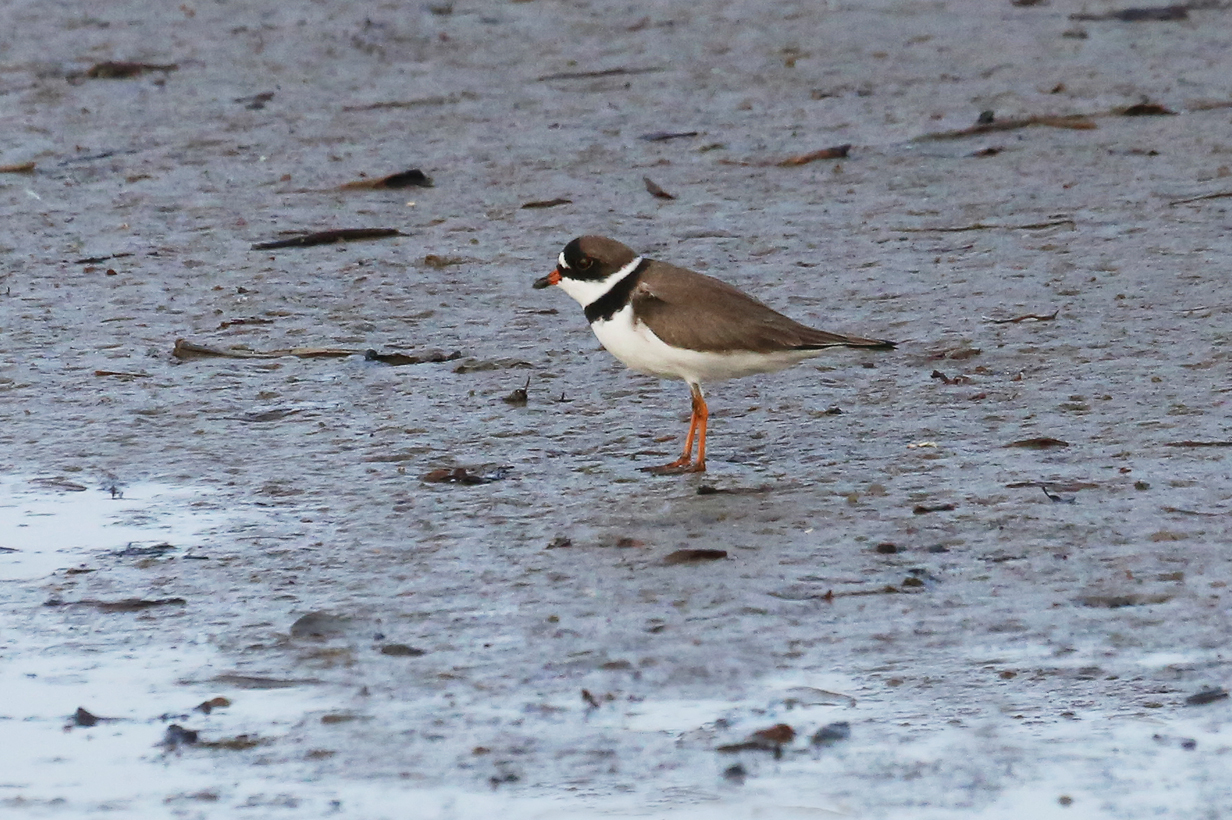
Semipalmated plover (Bolivar Flats)
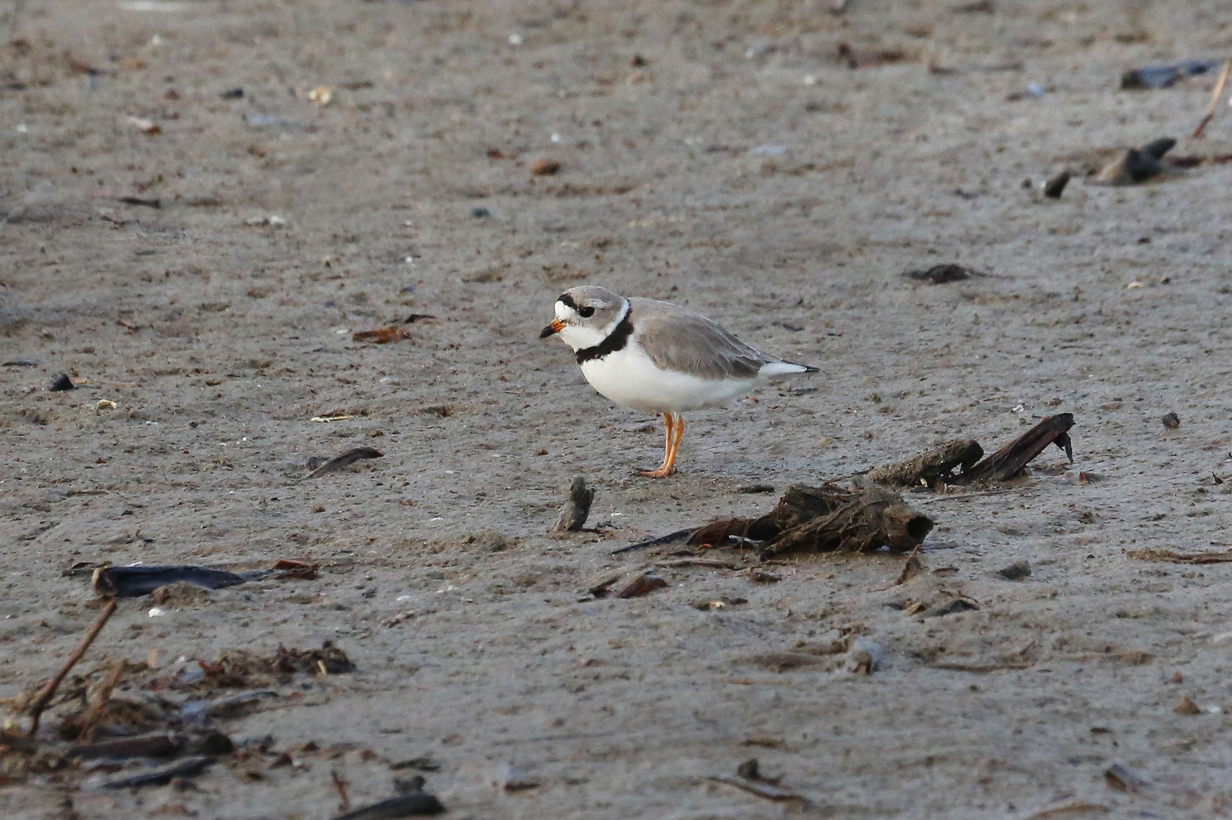
Piping plover (Bolivar Flats)

Black-necked stilt (Rollover Island on the Bolivar Peninsula)

Willet (Bolivar Peninsula)

Marbled godwit in winter plumage (Rollover Island on the Bolivar Peninsula)

Ruddy turnstone in pretty good breeding plumage (Rollover Island on the Bolivar Peninsula)

Laughing gull (Rollover Island on the Bolivar Peninsula) We spent a lot of time looking for Franklin's gull, and briefly thought we has a small chance with a few of the birds, but this one clearly had extensive black wing tips, and we never saw Franklin's gull in 3 days of searching.
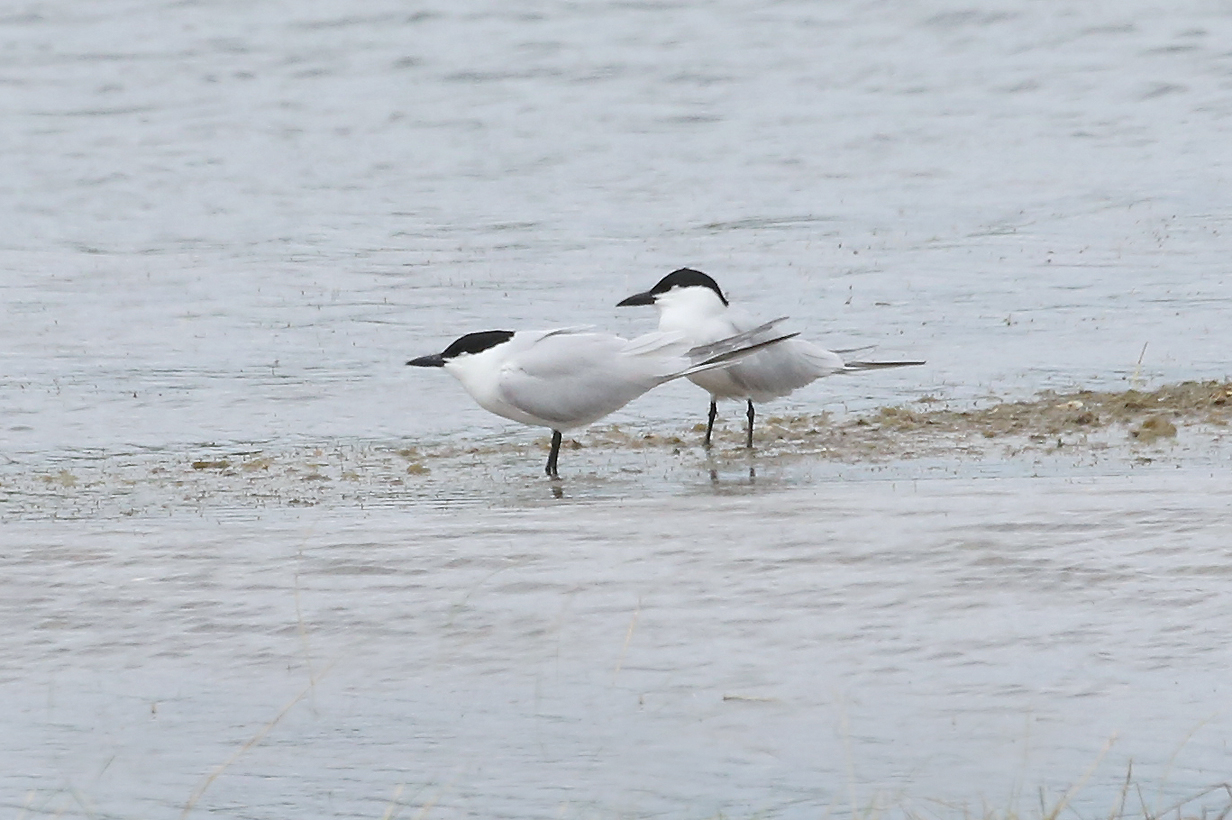
Gull-billed terns - note the long wings and much shorter tail (Rollover Island on the Bolivar Peninsula)

Royal terns (Rollover Island on the Bolivar Peninsula)

Brewer's blackbird (Attwater Prairie Chicken NWR)
John and Mary Kormendy: Birding Trip to High Island, Texas (April 2019)
From Saturday, April 13 to Easter Sunday, April 21, 2019, we birded the Spring migration at High Island, Texas. Pictures are shown here roughly in taxonomic order. Most forest birds are from Boy Scout Woods and Hooks Woods at High Island. Most shorebirds are from the Bolivar Penninsula, especially Rollover Pass and Bolivar Flats but also including some back roads that reach the coast or the inland waterway. Most water birds are from Anahuac National Wildlife Refuge. Egrets and herons are from the above and from the rookery at Smith Oaks, High Island.
This site is essentially finished. A few more pictures may still be added.
The pictures are copyrighted and should not be used without permission.

Warblers are the highlights of the spring migration. We saw 17 species of warbler on this trip. Prothonotary warbler is our favorite.
We decided on two trip birds. The other was a life bird for Mary that we never dreamed we could get at a place as busy with birders as High Island. But on Saturday, April 20th, while we were sitting in the "grandstands" at the water drip in Boy Scout Woods, a Pileated woodpecker flew in and landed in plain sight on a tree trunk less than 30 feed away from us. He took one quick look around and immediately flew away. We got about a half-second look ... but it was the best look that John has ever had at a Pileated woodpecker, and it was the fourth new bird for Mary on the trip. Her life birds, in chronological order, were Franklin's gull at Rollover Pass, Gray-cheeked thrush at the drip, Cerulean warbler just outside Hook's Woods, and Pileated woodpecker at the drip site in Boy Scout Woods. John's only life bird was Franklin's gull. Our trip list is shown at the end of this web site.


Mottled duck

Pied-billed grebe

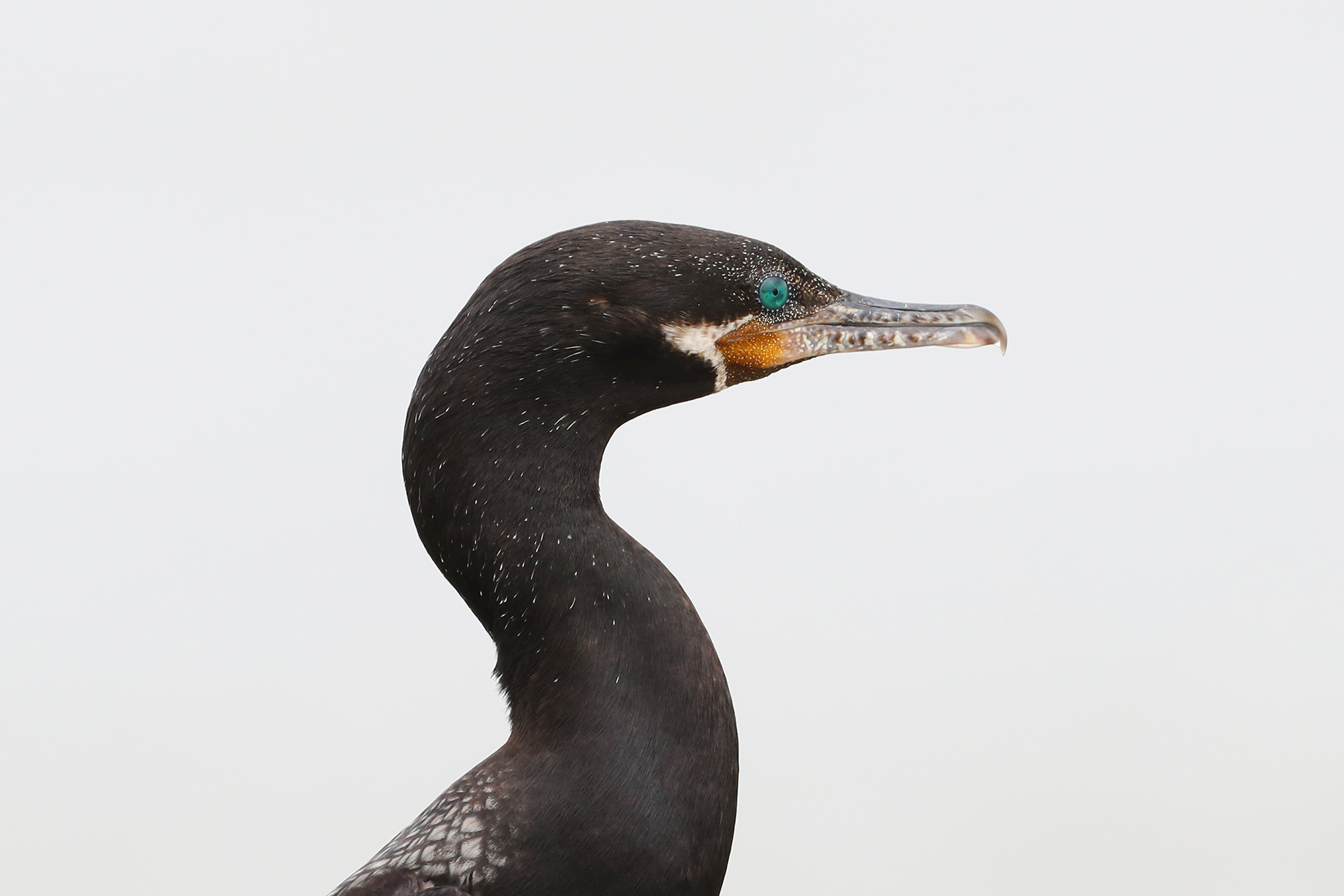
Neotropic cormorant in breeding plumage
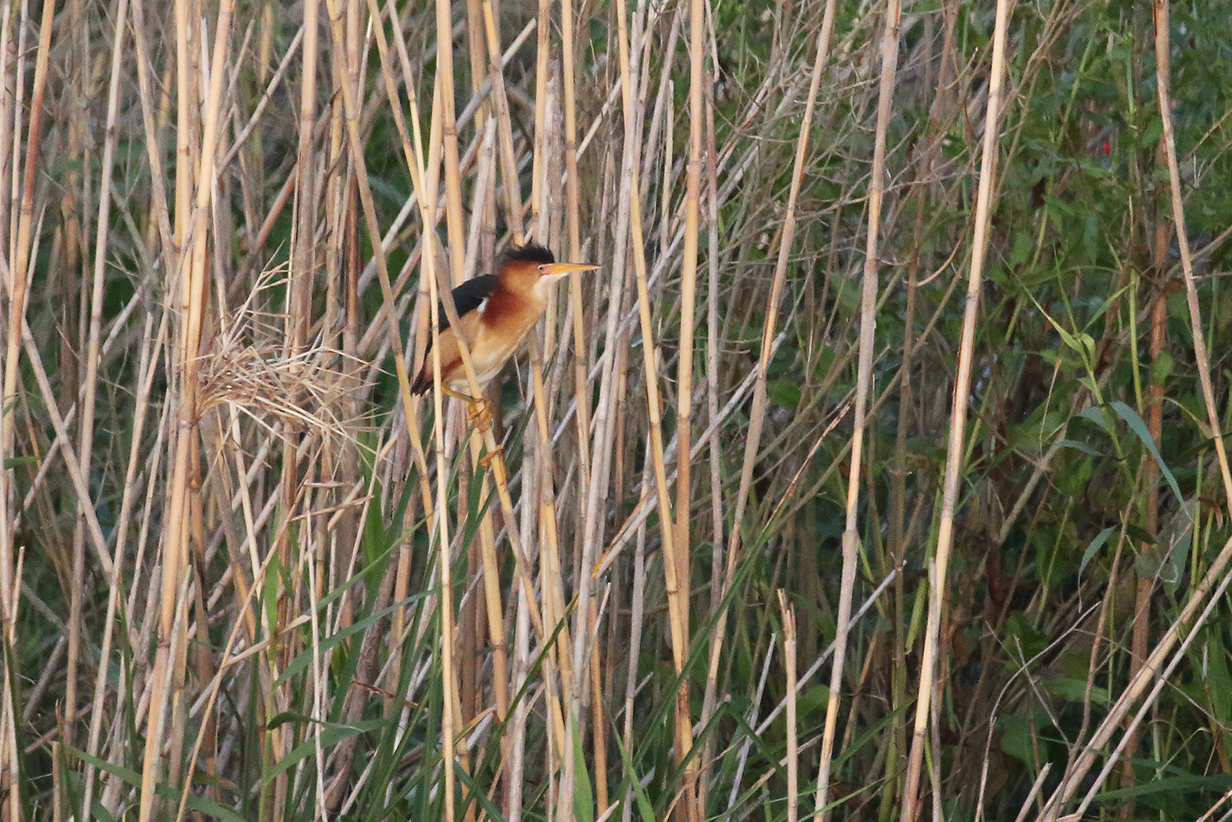
Least bittern in evening twilight

Yellow-crowned night-heron

Green heron

Tricolored heron

Great egret male in full breeding plumage

Great egret with two feisty chicks and one weak one. We fear that the weak chick will not survive.

The feisty chicks fought with each other over food, and they ganged up to peck the weaker chick.

Complaining and begging did not help.

"Grabbing the bull by the horns "" -- so to speak -- did not help.
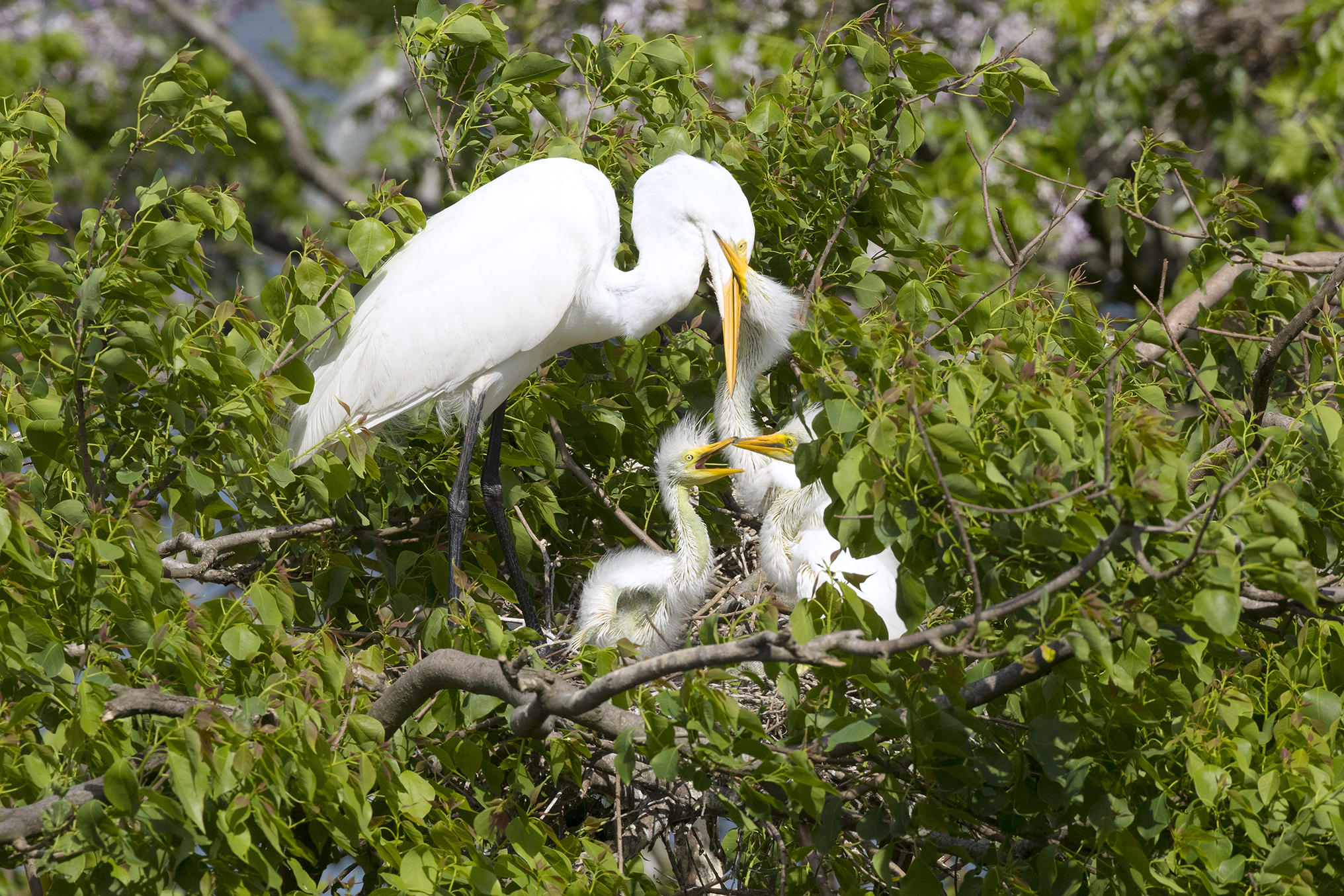
Meanwhile, the smallest chick was not ready to give up.

Great blue heron (itchy)

Roseate spoonbill

Red-tailed hawk in evening twilight
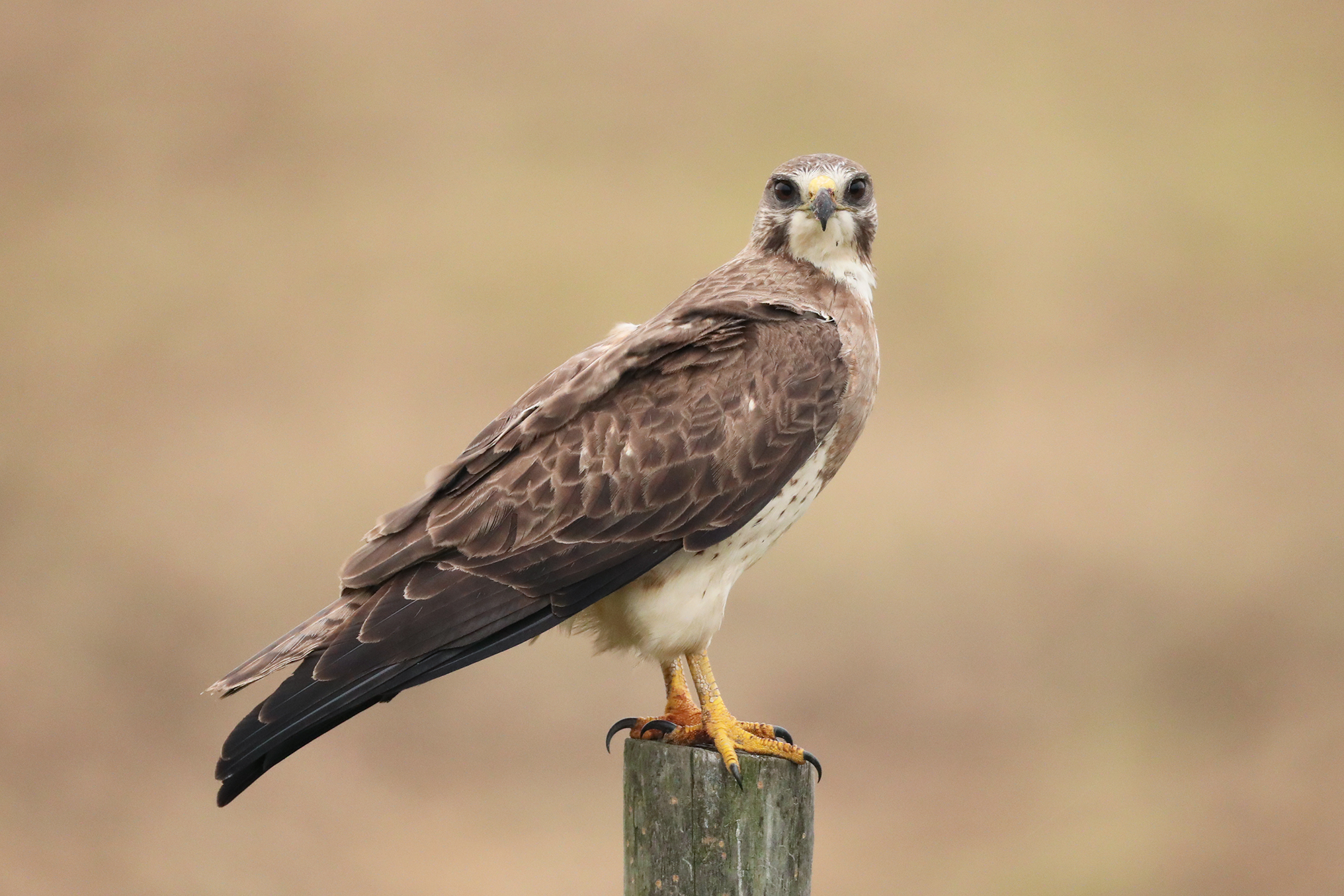

Swainson's hawk in evening twilight


Clapper rail
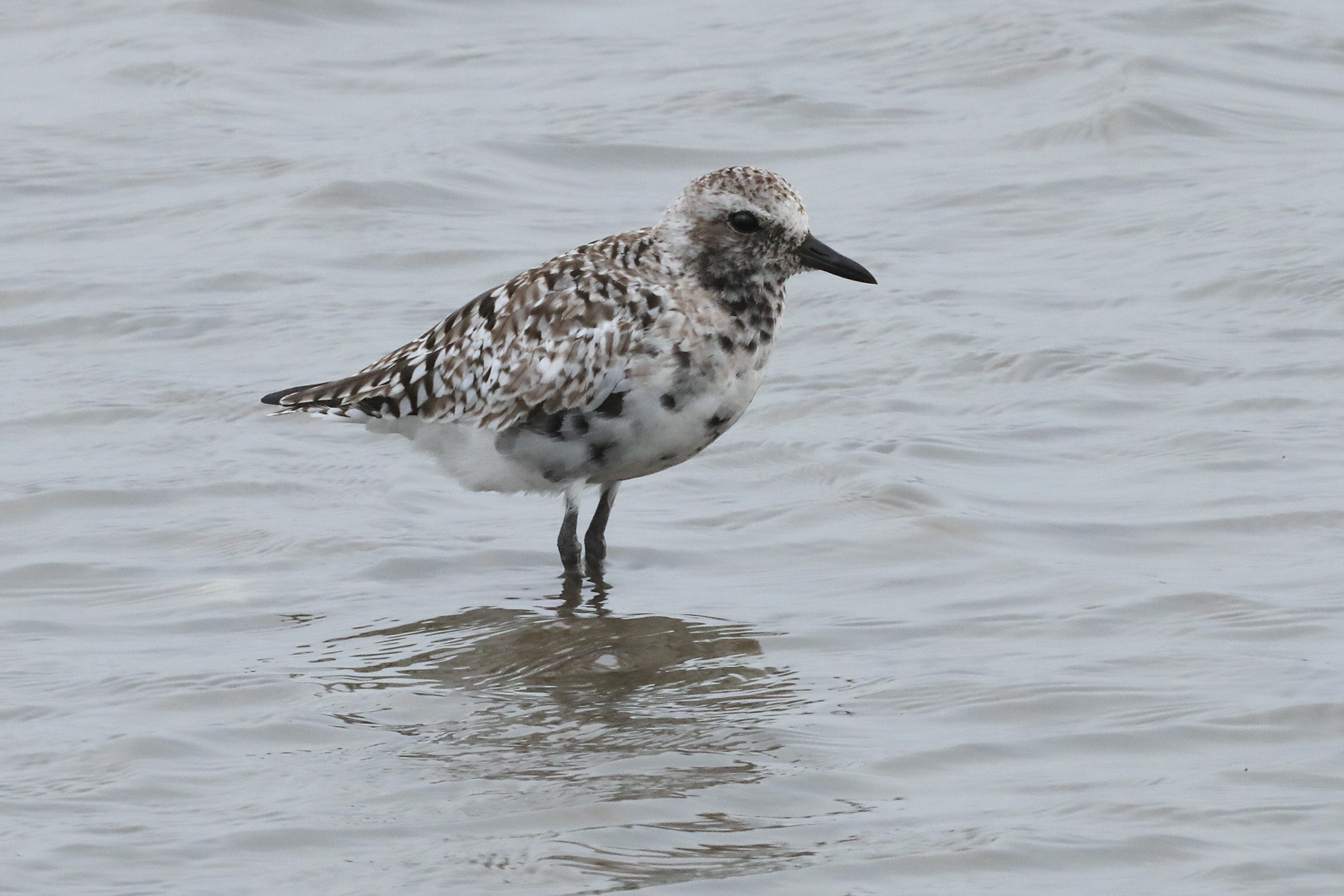
Black-bellied plover still a long way from breeding plumage

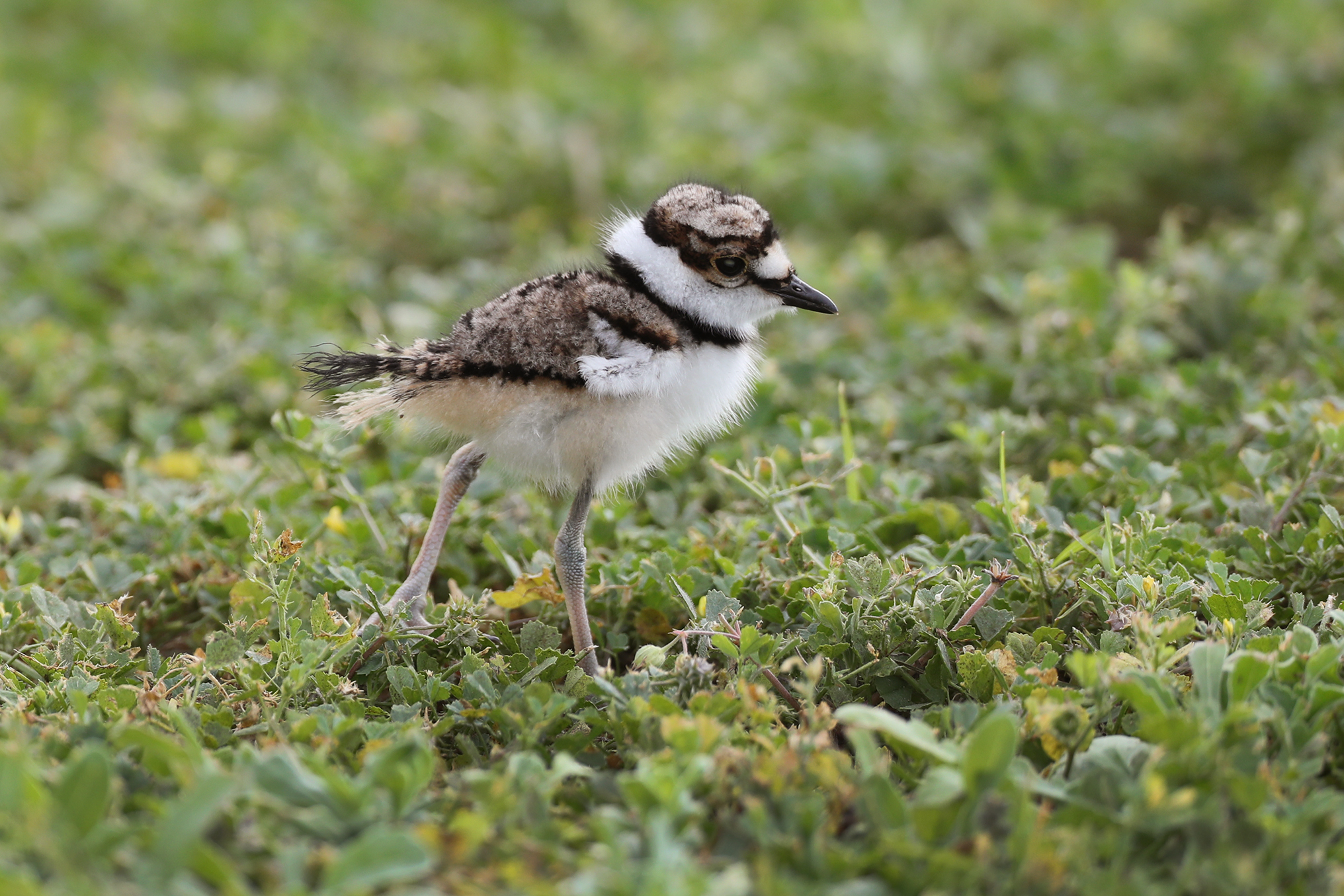
Killdeer adult and chick

American oystercatcher

American avocet

Black-necked stilt


Willet in breeding plumage

Whimbrel

Marbled godwit
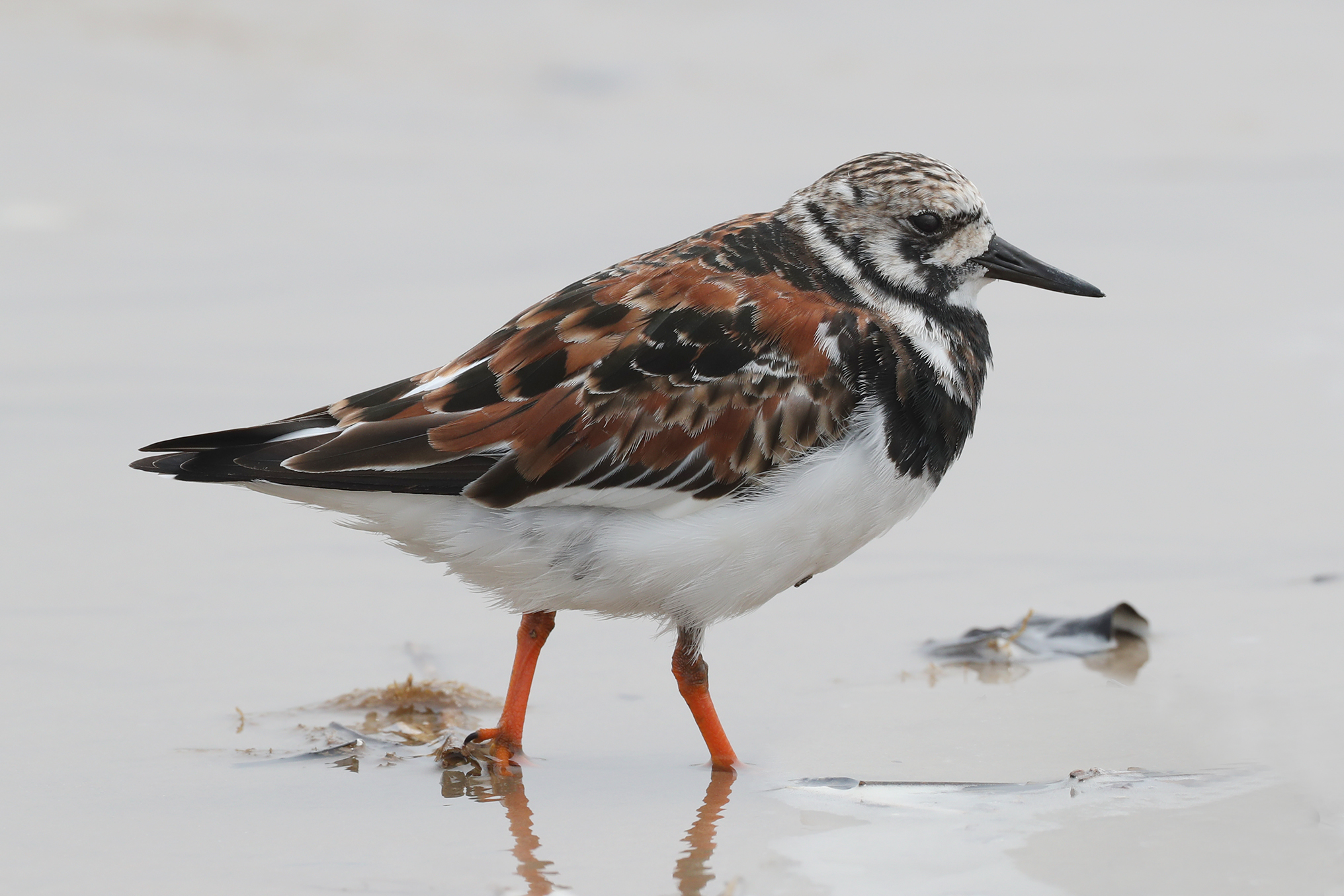
Ruddy turnstone pretty much in breeding plumage


Franklin's gull (This was the only species that was a life bird for both of us. Note the white spots in the wingtips and the pinkish belly.)

Laughing gull (in the back) has all-black wing tips, whereas Franklin's gull (in the front) has extensive white on the wing tips.

Sandwich tern

Royal tern

Least tern

Black skimmer
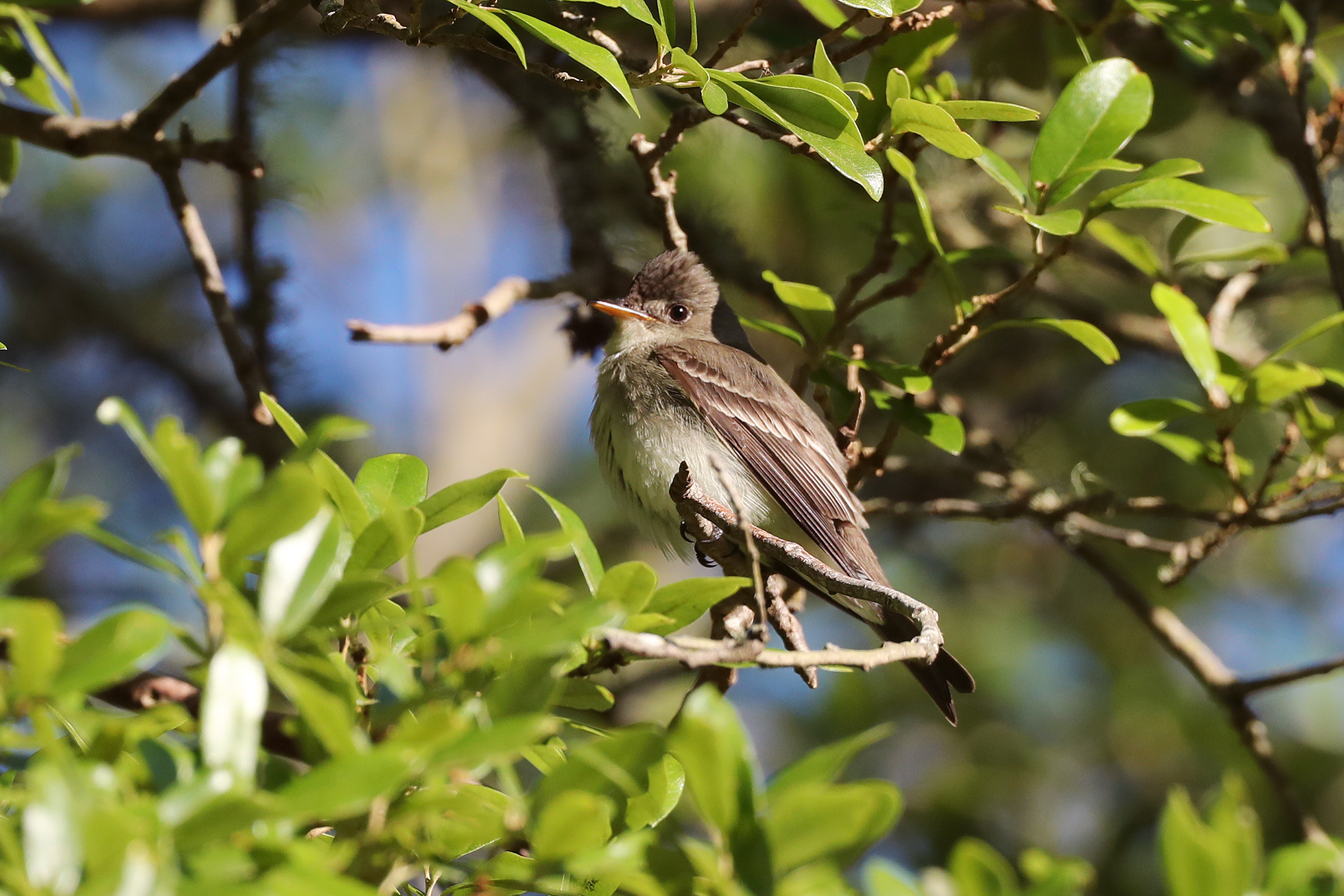
Eastern wood-pewee (Flycatchers were starting to arrive in good numbers by the end of our trip.)

Scissor-tailed flycatcher
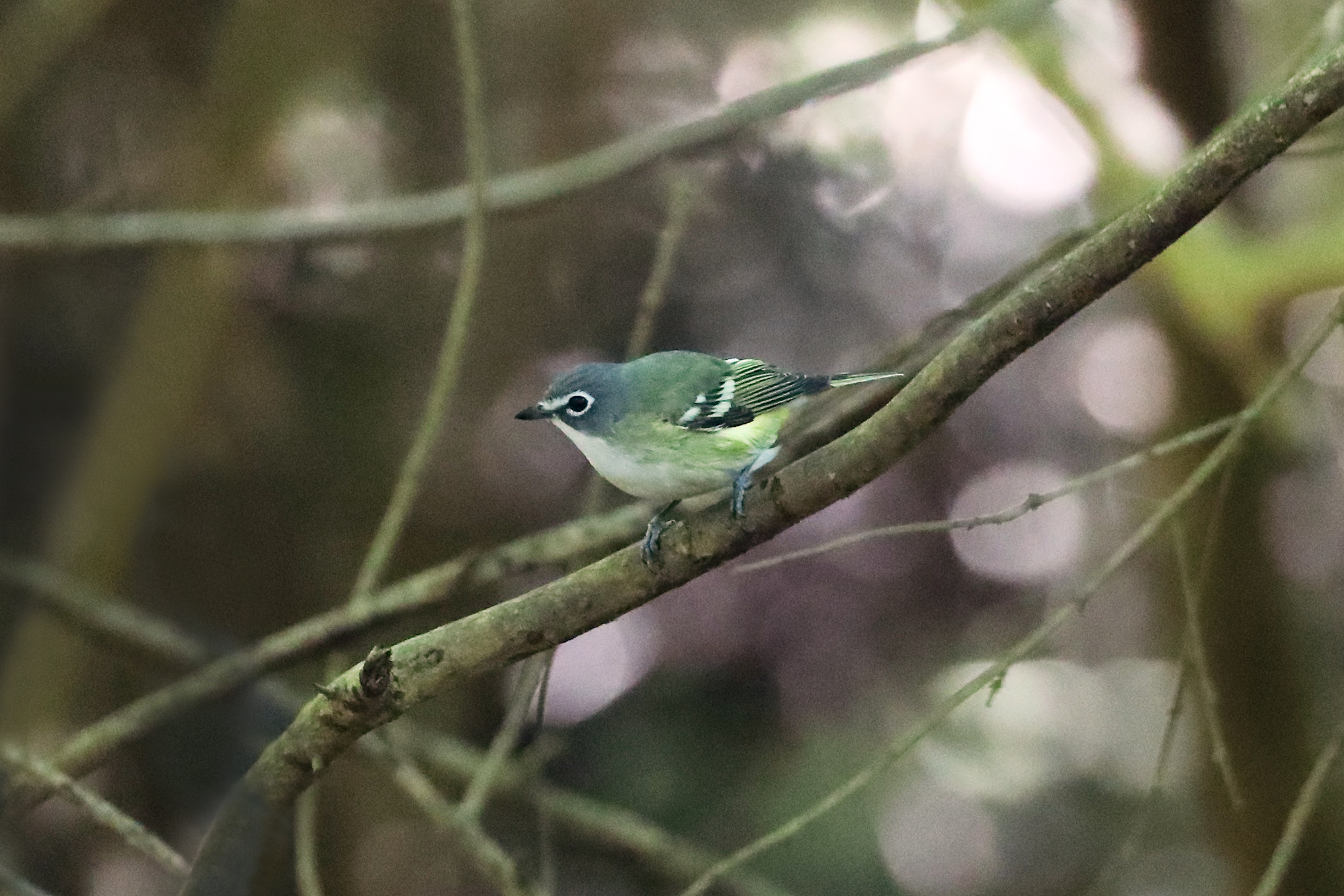
Blue-headed vireo

Blue jay on the water drip at Hooks Woods, the tiny forest that was the hot spot during this trip

Swainson's thrush

Barn swallows, sitting on the fire alarm at the Gulfway Motel in High Island, at night


Prothonotary warbler


Prothonotary warbler was making a good living in a forest that was teeming with food.

Tennessee warbler
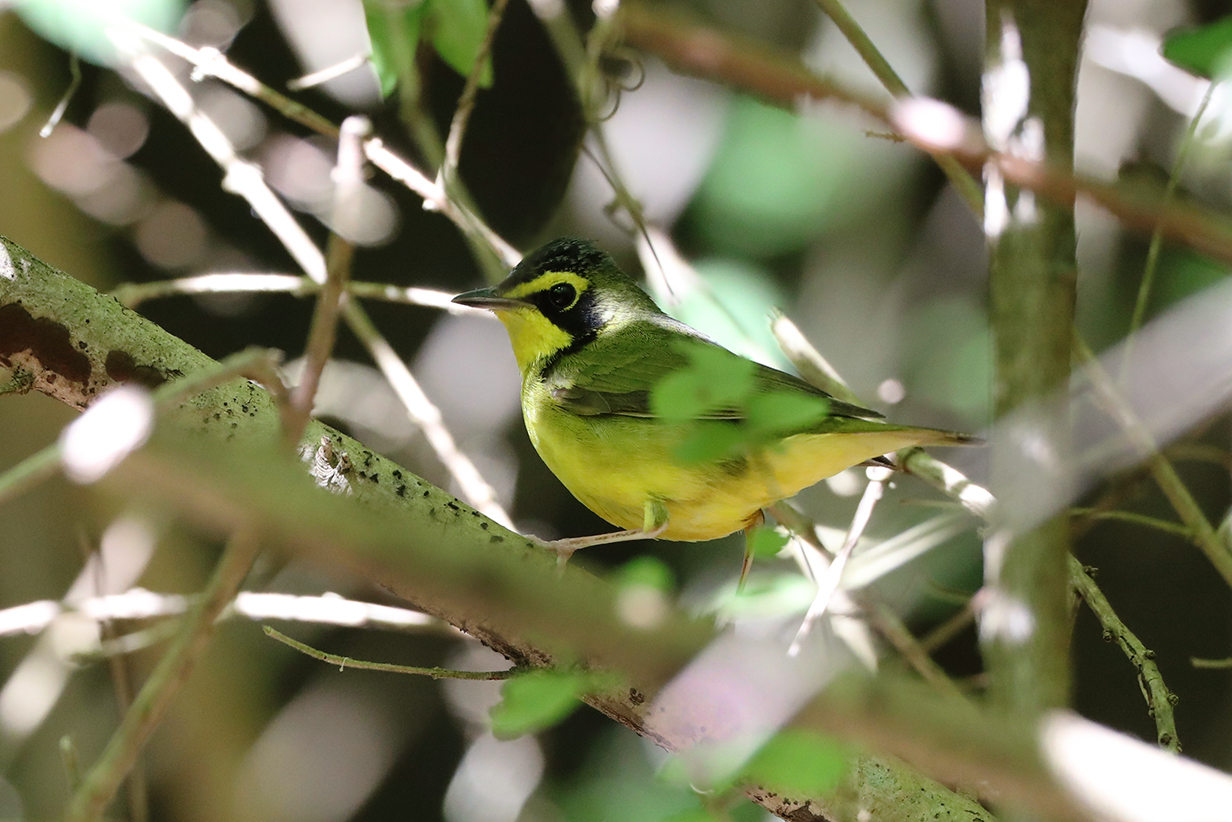
Kentucky warbler

Hooded warbler

Northern waterthrush (The white eye stripe gets narrower behind the eye and the throat is finely spotted.)

Summer tanager (female)

Scarlet tanager

Seaside sparrow

Savannah sparrow

White-throated sparrow
Our bird pictures from around the world follow standard ecozones approximately but not exactly:
Birds from the USA and Canada: our house, Hornsby Bend and greater Austin, Texas, California, Hawaii, Canada,
Neotropic birds from Central America and the Caribbean: Honduras, Costa Rica, Panama, Trinidad and Tobago
Neotropic birds from South America: Ecuador, Ecuador 2017, Brazil.
Western palearctic birds: Europe: Germany, Finland, Norway, Europe: United Kingdom, Europe: Spain, the Canary Islands, Europe: Lesbos, Greece, Israel
Eastern palearctic birds: China
Birds from Africa: The Gambia, South Africa
Indo-Malayan birds from India: North-west (Delhi, Uttar Pradesh, Uttarakhand) India: North-east (Assam, Arunachal Pradesh, Meghalaya) India: Central (Maharashtra, Madhya Pradesh)
Birds from Australia, New Zealand.
For our 2014 December trip to India, see this travelog.
For our 2016 May-June trip to India, see this travelog.
For our 2017 April trip to High Island, Texas, see this web site.
For our 2018 March trip to India, see this travelog.
For our 2018 May trip to China, see this travelog.
For our 2018 November trip to China, see this travelog.
For our 2019 April trip to High Island, Texas, see this web site.
For our 2019 July trip to China, see this web site.
For our 2021 April trip to High Island, Texas, see this web site.
For our 2021 December trip to Ecuador, see this web site.
For our 2022 January trip to Peru, see this web site.
For our 2022 July-August trip to Australia and Papua New Guinea, see this web site.
For our 2022 September trip to Bolivia, see this web site.
For our 2022 November-December pre-trip to Argentina (before our Antarctic cruise), see this web site.
For our 2022 November-December cruise to Antarctica, see this web site.
For our 2023 January birding in Chile, see this web site.
For our 2023 January-March cruise from Chile to Antarctica and around South America to Miami, FL, see this web site.
For our 2023 March-April birding in south Florida (after the Seabourn cruise), see this web site.
University of Texas Astronomy Home Page
Last update October 6, 2022
Total visits since April 28, 2017 =

